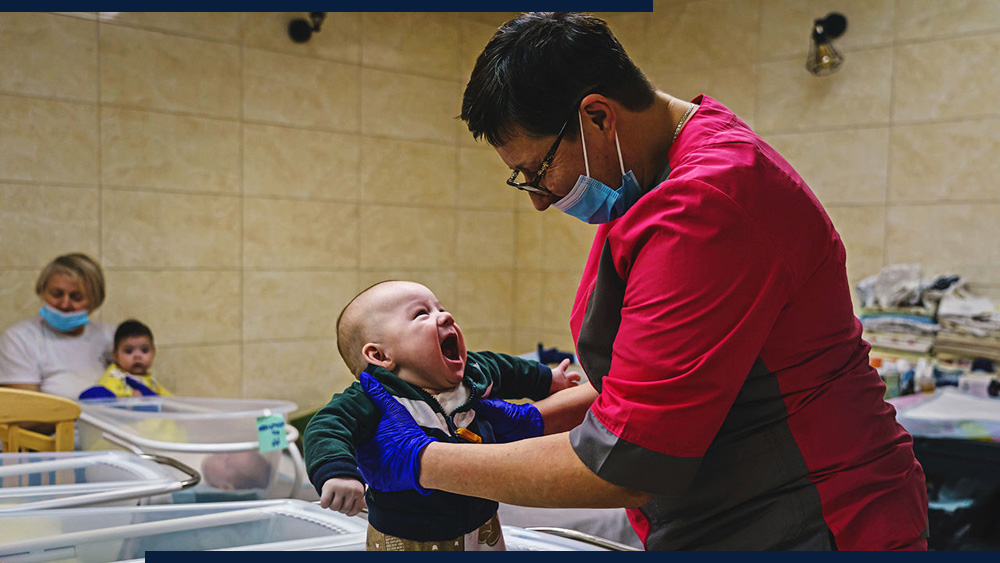The Future of Surrogacy: How Technology is Changing the Industry ?
From being a secret topic only discussed in some circles, surrogacy has evolved into a mainstream solution for many couples unable of natural conception. Thanks to developments in medical technology, the surrogacy procedure is not only more efficient but also safer and more accessible than it was years ago today. The future of surrogacy seems even more promising with fresh developments just around us. From advanced fertility treatments to better communication tools, technology is changing surrogacy for intended parents as well as for surrogates.
Let’s explore some of the major ways technology is changing the surrogacy industry and determining its future.
Analysing the Future of Surrogacy
1. Better Fertility Treatments
Fertility treatments are one of the major technical developments influencing surrogacy. A fundamental component of the surrogacy procedure, in vitro fertilisation (IVF) has experienced significant advancements throughout the years. More recent IVF methods have lowered the risks for intended parents and surrogates as well as raised the likelihood of successful pregnancies.
Future developments in reproductive treatments—including advanced gene editing and stem cell research—may bring even more innovations that could substantially raise success rates and lower issues.
2. More options for Fertility preservation
Although cryopreservation—that is, the freezing of eggs, sperm, and embryos—has been known for some time—recent developments in vitrification—a speedier and more effective method of freezing—have made the technique considerably more dependable. This method gives intending parents greater freedom in managing their surrogacy journey by letting them preserve their eggs or embryos for usage at a later date.
Vitrification is a lifeline for women who might be experiencing age-related fertility drop or health problems compromising their conception potential. Younger age eggs can be frozen and used when the time comes to pursue surrogacy. Single parents who wish to have biological children in the future and same-sex couples also find this technique useful.
As cryopreservation technology develops, more people probably will choose to freeze their eggs or embryos as part of their family planning approach.
3. Artificial Intelligence inside Reproductive Clinics
Starting to enter fertility clinics, artificial intelligence (AI) is having a significant effect on surrogacy’s success. By means of extensive data analysis, artificial intelligence (AI) can assist physicians in making informed decisions regarding which embryos offer the best possibility of producing a successful pregnancy.
AI systems, for example, may assess embryo quality by considering elements including cell division and genetic markers. This lets doctors choose the best embryos with more degree of accuracy than ever possible. AI tools can also track a surrogate’s health during the pregnancy, spotting certain difficulties early on and therefore enhancing the general pregnancy results.
Even more accuracy in the surrogacy process as artificial intelligence technology develops will help to produce healthier babies and higher success rates.
4. Virtual Support and telemedicine
Surrogacy used to be common in which case intending parents and surrogates would have to travel great distances to visit fertility experts and doctors. But telemedicine helps us to avoid this need now. Particularly for international surrogacy agreements, telemedicine lets patients and doctors interact virtually, therefore streamlining the procedure.
These days, intended parents can virtually see fertility experts, track the health of their surrogate from a distance, and even help in some facets of the pregnancy without actually being present. Couples hoping for surrogacy abroad especially benefit from this since it lessens the need for frequent trips.
Apart from telemedicine, virtual support systems have become a great tool for intended parents as well as surrogates. That said, apps, forums, and online groups let those engaged in the surrogacy process interact with others travelling the same path. During the surrogacy process, these forums provide emotional support, advice, and a feeling of community that can be quite valuable.
5. Evolution in Genetic Engineering

It might even be conceivable in the future to “design” embryos with particular features, such intelligence or physical beauty. Though this idea is still largely science fiction, it is not out of reach. Surrogacy is probably going to open fresh opportunities as genetic engineering technology develops.
6. Improved Tools for Ethics and Legal Compliance
Negotiating the legal and ethical terrain is one of the most difficult features of surrogacy. Surrogacy regulations vary greatly depending on the nation or even within areas, which might complicate the process. Technology is, however, enabling some of these legal challenges to be more straightforward.
Emerging new tools and platforms enable intended parents and surrogates to track payments, negotiate legal contracts, and handle correspondence among all the players engaged. These instruments help to guarantee that everyone agrees, therefore lowering the possibility of conflicts or misinterpretation. Blockchain technology may potentially be applied in the future to produce transparent, safe surrogacy contracts safeguarding the rights of all the engaged parties.
Furthermore, developments in digital contracts and data security help one to manage the complicated documentation sometimes accompanying surrogacy plans. As technology develops, it could enable everyone’s surrogacy procedure to be more seamless and help to standardize the legal elements of the practice.
7. International Surrogacy Simplified
International surrogacy can be a difficult and sometimes expensive process since surrogacy laws get into variation from country to country. Technology is, however, making these challenges less difficult. Advanced data-sharing systems and telemedicine among other remote communication methods help to streamline cross-border surrogacy procedures. Without always travelling, intended parents can interact with clinics, surrogates, and legal teams all around.
Furthermore, developments in logistics—such as better cryopreservation and embryo transportation—allow biological materials to securely transcend boundaries, therefore providing intended parents with more choices for surrogacy locations.
Final words
Technology is clearly changing the surrogacy industry and increasing its accessibility, efficiency, and success relative to past years. From telemedicine and virtual support networks to better fertility treatments and AI-assisted embryo selection, surrogacy has great future prospects. Although problems still exist—especially with regard to ethical and legal issues—these developments help families to flourish in fresh and creative ways more easily.
The surrogacy process should get even more flawless as technology develops, giving intended parents all across hope and possibilities. One thing is certain: the future of surrogacy is bright and technology is guiding us whether you are personally considering surrogacy or just interested in the future family-building is headed.



